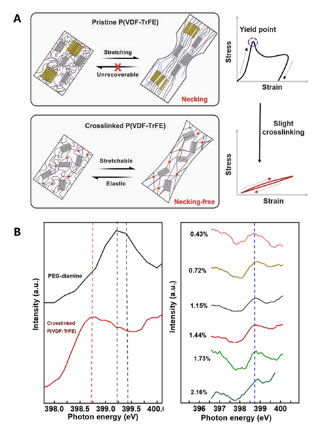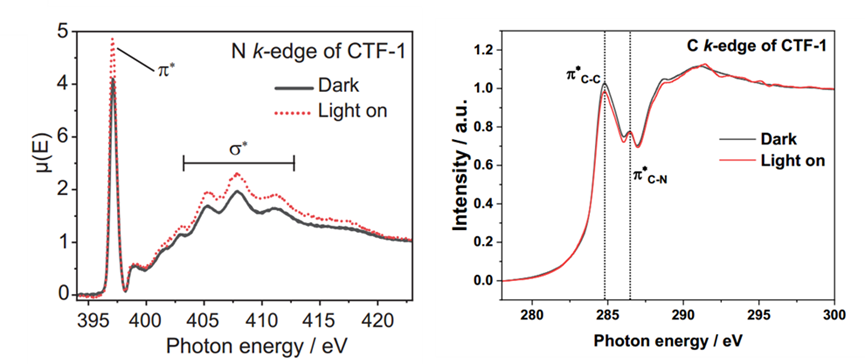Publications
In 2022, the publication statistics for the photoemission end-station are as follows: a total of 48 papers were published, including 44 articles in Q1 journals (4 in Nature Communications, 1 in Joule, 5 in Journal of the American Chemical Society, 3 in Angewandte Chemie International Edition, and 6 in Advanced Materials).High-Impact Publications: 42 papers with impact factors (IF) > 10.
In 2023, the publication statistics for the photoemission end-station are as follows: a total of 72 papers were published, including 70 articles in Q1 journals (1 in Science, 1 in Nature Materials, 1 in Science Advances, 3 in PNAS, 8 in Nature Communications, 6 in Journal of the American Chemical Society, 7 in Angewandte Chemie International Edition, and 6 in Advanced Materials).High-Impact Publications: 66 papers with impact factors (IF) > 10.
In 2024, the publication statistics for the photoemission end-station are as follows: a total of 78 papers were published, including 72 articles in Q1 journals (1 in Nature, 1 in Nature Catalysis, 1 in Nature Chemistry, 1 in Nature Nanotechnology, 6 in Nature Communications, 1 in Joule, 7 in Journal of the American Chemical Society, 9 in Angewandte Chemie International Edition, and 5 in Advanced Materials).High-Impact Publications: 59 papers with impact factors (IF) > 10.
Representative work:
Researchers led by Benlin Hu at the Ningbo Institute of Materials Technology and Engineering (NIMTE), Chinese Academy of Sciences, have developed an intrinsically elastic ferroelectric material by integrating ferroelectric response and elastic resilience into a single polymer system through precise slight cross-linking. The team utilized the Soft X-ray Absorption Spectroscopy (sXAS) at the photoemission end-station to investigate the material, confirming its lightly cross-linked internal structure. This research provides new insights for the development of wearable electronics. The findings were published in the prestigious journal Science under the title: Intrinsically elastic polymer ferroelectric by precise slight cross-linking.

(A) Schematics of the macro and molecular size changes and stress–strain curves of plastic (relative slippage among molecular chains leading to necking and unrecovered, top panel) and elastic (chemical cross-linking blocking the relative slippage among molecular chains and imparting good elastic resilience, bottom panel) deformations of polymer FEs under strain. (B) N K-edge sXAS spectra of PEG-diamine crosslinker and P(VDF-TrFE) with varying cross-linking densities.
A research team led by Professor Junwang Tang at Tsinghua University has proposed the concept of an “intramolecular junction”. They developed a photocatalyst featuring this junction, CTF-1, composed of alternating benzene and triazine units. This intramolecular junction photocatalyst drives the coupling and oxidation of methane to ethanol with high selectivity and significantly enhanced conversion efficiency. Utilizing the operando irradiation soft X-ray absorption spectroscopy (sXAS) capabilities at the photoemission end-station (BL10B) of the Hefei Light Source (HLS), the team investigated the mechanism by which the intramolecular junction regulates charge carriers. This “intramolecular heterojunction” strategy holds promise for the development of highly efficient and selective catalysts for the production of C2+ products via methane C-C coupling. Furthermore, the approach has the potential to be extended to other catalytic reactions. The findings were published in the prestigious journal Nature under the title: “Methane oxidation to ethanol by a molecular junction photocatalyst”.

Left image: N-K-edge sXAS spectra of CTF-1 under dark and irradiated conditions,
Right figure: CK-edge sXAS spectra of CTF-1 under dark and irradiation conditions.
Back

